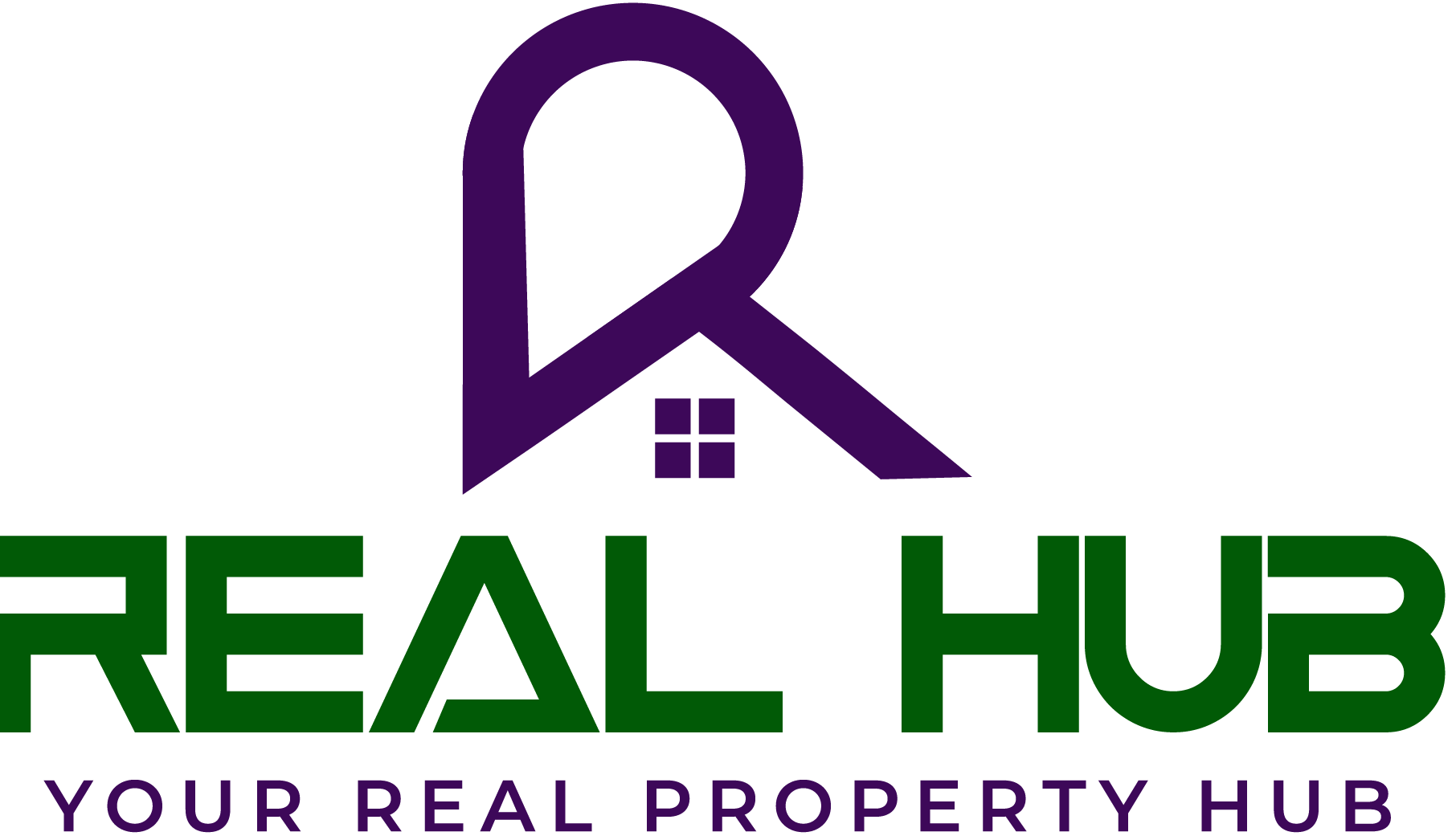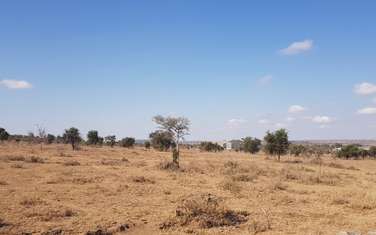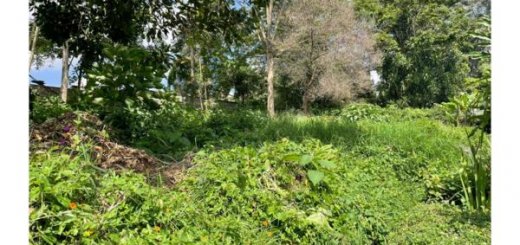Luxury Property Market in Kenya: Is It Sustainable in 2025?
Kenya’s real estate sector has long been a cornerstone of economic growth, with the luxury property market emerging as a key segment in recent years. From the lush neighborhoods of Karen and Runda to the coastal havens of Diani and Malindi, high-end properties are increasingly shaping the narrative of Kenya’s real estate industry. However, with changing market dynamics and global economic uncertainties, a critical question arises: Is the luxury property market in Kenya sustainable in 2025?
This article delves deep into the state of the luxury property market in Kenya, exploring its opportunities, challenges, and future prospects. By understanding these factors, investors and developers can make informed decisions in this competitive yet promising sector.
The Current Landscape of Kenya’s Luxury Property Market
The luxury property market in Kenya has grown exponentially over the past decade, driven by increasing wealth among the local elite, an influx of expatriates, and growing interest from international investors. Prime areas like Nairobi’s Karen, Lavington, and Muthaiga continue to attract high-net-worth individuals seeking exclusive homes with modern amenities.
The coastal regions of Diani, Malindi, and Watamu are also hotspots for luxury properties, particularly vacation homes and resort-style developments. These areas are favored for their stunning beaches, tropical climate, and potential for short-term rental income from tourists.
In 2025, the luxury property market remains vibrant, but shifting economic and social trends have brought new challenges and opportunities.
Drivers of the Luxury Property Market in Kenya
Economic Growth and Wealth Creation
Kenya’s economy has shown resilience despite global uncertainties. The growth of key sectors such as technology, agriculture, and tourism has created wealth among local elites. High-net-worth individuals (HNWIs) are increasingly investing in luxury properties as a symbol of status and a way to diversify their investment portfolios.
Additionally, the growth of entrepreneurship and the rise of tech hubs like Nairobi’s Silicon Savannah have attracted a new class of affluent professionals. These individuals are seeking homes that combine exclusivity with cutting-edge design and convenience, further fueling demand in the luxury property market.
Foreign Investment and Expatriate Demand
Kenya’s strategic location as an economic hub in East Africa has made it a magnet for multinational corporations and foreign investors. The presence of these corporations has attracted expatriates who require high-end housing options. Nairobi, in particular, has seen a surge in demand for luxury apartments and gated communities that offer privacy, security, and world-class amenities.
Coastal properties have also gained popularity among foreign buyers looking for vacation homes or investment properties. The allure of beachfront villas and exclusive resorts continues to attract international investors, contributing to the growth of the luxury property market.
Infrastructure Development

luxury property market
Infrastructure development has played a significant role in boosting the luxury property market. Projects such as the Nairobi Expressway, new airports, and improved road networks have enhanced connectivity to prime locations, making luxury properties more accessible. Areas like Athi River and Kitengela, which were once considered peripheral, are now emerging as desirable locations for luxury developments thanks to improved infrastructure.
Lifestyle Aspirations
The growing middle and upper class in Kenya is adopting global lifestyle trends. Demand for homes with state-of-the-art amenities, such as smart home technology, private pools, gyms, and landscaped gardens, is on the rise. Buyers are increasingly looking for properties that provide not just a place to live but a lifestyle statement. This shift has been a significant driver of the luxury property market.
Challenges Facing the Luxury Property Market in Kenya
While the luxury property market in Kenya offers numerous opportunities, it is not without its challenges. Understanding these challenges is crucial for assessing its sustainability.
Economic Uncertainty and Inflation
Global economic uncertainties, coupled with local inflation, have impacted purchasing power. Luxury properties, being high-ticket items, are often the first to feel the pinch during economic downturns. In 2025, rising costs of materials and labor have led to higher property prices, which may deter some potential buyers.
Limited Financing Options
Financing remains a significant barrier in the luxury property market. Unlike mid-range or affordable housing, luxury properties often require substantial upfront payments. While some banks offer mortgage solutions for high-end properties, the interest rates are often prohibitive. This limits the pool of potential buyers to those who can afford to pay cash or secure alternative financing options.
Oversupply in Certain Areas
In some prime locations, the rapid development of luxury properties has led to concerns about oversupply. For instance, Nairobi has seen an influx of high-end apartments and gated communities, some of which remain unoccupied due to pricing or location issues. Developers need to conduct thorough market research to avoid building properties that do not align with market demand.
Regulatory and Tax Challenges
The real estate sector in Kenya faces regulatory hurdles, including lengthy approval processes and inconsistent enforcement of building codes. Additionally, tax policies, such as capital gains tax and VAT on real estate transactions, add to the cost of developing and acquiring luxury properties. These challenges can deter investors and slow down the growth of the luxury property market.
Trends Shaping the Luxury Property Market in 2025
Despite the challenges, several trends are shaping the luxury property market in Kenya, providing opportunities for innovative developers and forward-thinking investors.
Sustainability and Green Building
Sustainability is becoming a major focus in the luxury property market. Buyers are increasingly looking for properties that incorporate green building practices, such as solar energy, water recycling systems, and energy-efficient designs. Developers who embrace sustainability can differentiate their offerings and attract environmentally conscious buyers.
Smart Home Technology
The integration of smart home technology is a growing trend in luxury properties. Features such as automated lighting, climate control, security systems, and voice-activated assistants are becoming standard in high-end homes. These technologies enhance convenience and appeal to tech-savvy buyers, making them a valuable addition to luxury properties.
Mixed-Use Developments
Mixed-use developments, which combine residential, commercial, and recreational spaces, are gaining traction in Kenya’s luxury property market. These developments offer convenience and a sense of community, making them attractive to both local and expatriate buyers. Examples include developments in areas like Westlands and Kilimani, which provide easy access to amenities such as shopping malls, restaurants, and schools.
Rise of Branded Residences
Branded residences, developed in partnership with international luxury brands, are emerging as a new trend in Kenya. These properties offer buyers the prestige of owning a home associated with a renowned brand, along with exclusive amenities and services. Branded residences are particularly appealing to wealthy individuals seeking unique and high-status properties.
The Future of the Luxury Property Market in Kenya
The luxury property market in Kenya holds significant potential for growth in 2025 and beyond, but its sustainability depends on several factors.
Diversification of Offerings
Developers need to diversify their offerings to cater to a broader audience. While ultra-luxury properties will continue to have a niche market, there is an opportunity to create “affordable luxury” properties that combine high-end features with slightly lower price points. This approach can attract middle-income buyers aspiring to own luxury homes.
Embracing Innovation
Innovation will be key to staying competitive in the luxury property market. Developers who adopt new technologies, embrace sustainability, and create unique living experiences will have a competitive edge. For instance, incorporating wellness-focused designs, such as yoga studios, spa facilities, and nature-inspired architecture, can appeal to health-conscious buyers.
Strategic Location Selection
The location of luxury properties is critical to their success. Developers should focus on areas with strong infrastructure, security, and proximity to amenities. Emerging locations, such as Naivasha, Nanyuki, and Vipingo, offer opportunities for luxury developments outside the traditional hotspots.
Collaboration with Financial Institutions
To address financing challenges, developers should collaborate with financial institutions to create flexible mortgage solutions tailored to the luxury market. This can help increase accessibility and expand the pool of potential buyers.
Conclusion: Is the Luxury Property Market Sustainable?
The luxury property market in Kenya is poised for continued growth in 2025, but its sustainability depends on how well developers and investors adapt to changing market dynamics. By addressing challenges such as financing, oversupply, and regulatory hurdles, and by embracing trends like sustainability and smart technology, the market can remain resilient and attractive.



